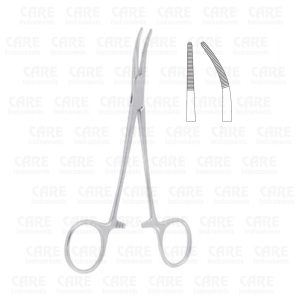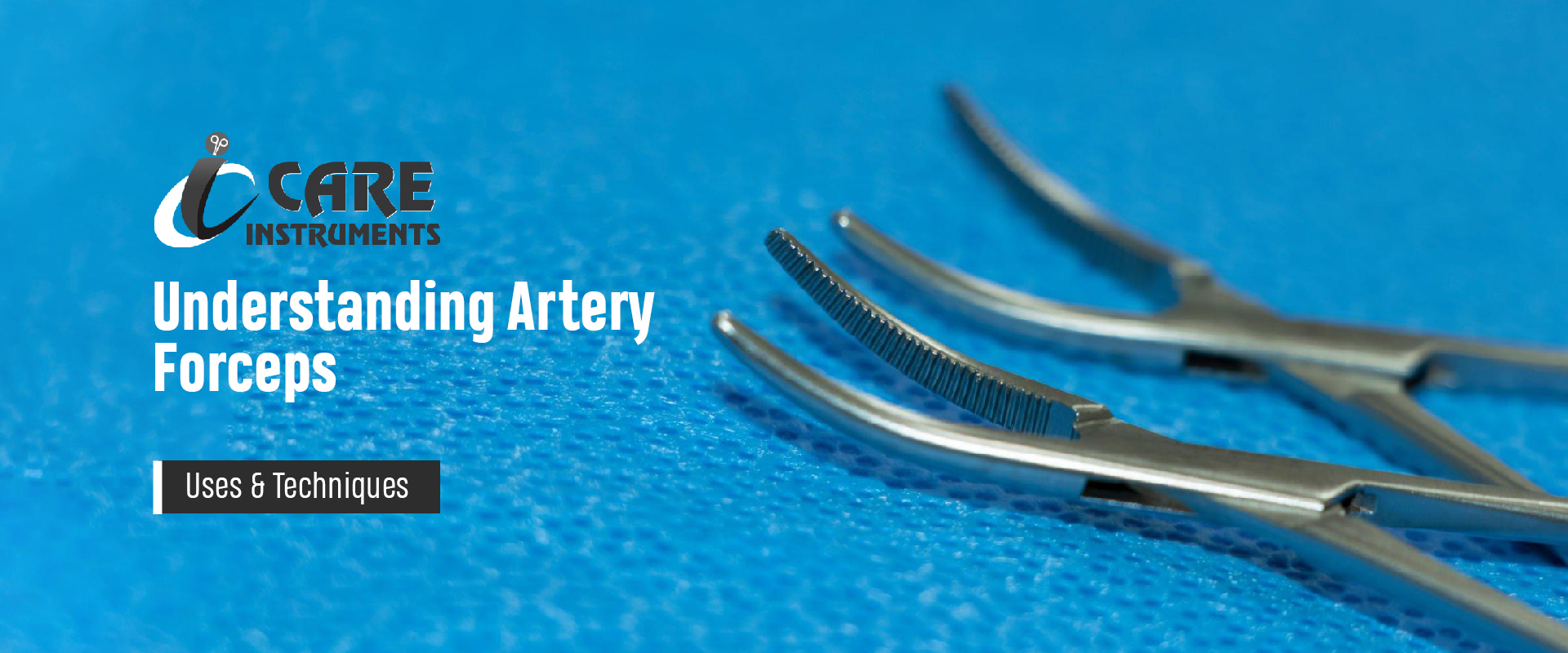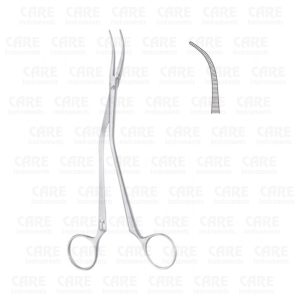Understanding Artery Forceps: Uses & Techniques
Artery forceps, also known as vascular forceps or clamps, are surgical instruments designed to clamp and control blood flow in the arteries during surgical procedures. These specialized tools are essential in maintaining hemostasis, or preventing excessive bleeding, during surgical procedures involving the arterial system.
 Types of Artery Forceps
Types of Artery Forceps
There are several types of artery forceps, each with its unique design and application. The most common types include:
- Kelly Forceps: Kelly forceps are used to clamp delicate tissues and vessels, such as those in the brain and spinal cord.
- Bulldog Forceps: Bulldog forceps are designed to clamp large blood vessels, such as the aorta and vena cava.
- Mosquito Forceps: Mosquito forceps are used for clamping small blood vessels, such as those in the finger or toes.
How to Use Artery Forceps
Using artery forceps correctly is crucial in preventing excessive bleeding and ensuring the success of surgical procedures. The following are the steps to correctly use artery forceps:
- Identify the target vessel: Before clamping a vessel, the target vessel must be identified and isolated.
- Open the forceps: Open the forceps to their full extent to ensure that they can securely grip the vessel.
- Apply the forceps: Carefully place the forceps around the target vessel and close them tightly, ensuring that the vessel is clamped securely.
- Check for hemostasis: Check for hemostasis, or the absence of bleeding, after clamping the vessel.
Key Considerations for Safe Use of Artery Forceps
 In order to ensure safe use of artery forceps, the following key considerations should be taken into account:
In order to ensure safe use of artery forceps, the following key considerations should be taken into account:
- Training: It is important to undergo proper training and familiarization with the different types of artery forceps to ensure safe and effective use.
- Sterilization: Always sterilize artery forceps before use to prevent infection.
- Maintenance: Regularly check and maintain artery forceps to ensure that they are functioning correctly and are free from damage or defects.
Sterilization Cleaning and Care of Artery Forceps
Sterilization
Sterilization is an important process to ensure that surgical instruments, including artery forceps, are free of bacteria and other microorganisms before use. There are several methods of sterilization that can be used for artery forceps, including:
- Steam sterilization (autoclaving): This is the most common method of sterilization used in hospitals and clinics. The forceps are placed in a specially designed chamber and exposed to steam at high temperatures (121-134°C) and pressure for a specific period of time.
- Chemical sterilization: This method involves immersing the forceps in a sterilizing solution, such as hydrogen peroxide or chlorine dioxide. This method is less common than steam sterilization and is typically used for instruments that cannot withstand high temperatures.
- Gas sterilization: This method involves exposing the forceps to a gas such as ethylene oxide, which kills microorganisms on the surface of the instrument.
- Radiation sterilization: This method involves exposing the forceps to ionizing radiation to kill microorganisms.
- Dry heat sterilization: This method involves exposing the forceps to high temperatures (160-180°C) in a dry environment.
Cleaning of Artery Forceps
 Cleaning is an essential step in the maintenance of artery forceps. Here are some general guidelines for cleaning artery forceps:
Cleaning is an essential step in the maintenance of artery forceps. Here are some general guidelines for cleaning artery forceps:
- Remove any visible debris: Blood, tissue, and other debris should be removed from the forceps using a soft brush or a clean, damp cloth.
- Use a detergent solution: Soak the forceps in a detergent solution for a few minutes to loosen any remaining debris. A neutral pH detergent is recommended, but it’s always best to check the manufacturer’s instructions for specific recommendations.
- Rinse thoroughly: Rinse the forceps thoroughly with water to remove any remaining detergent or debris.
- Dry the forceps: Dry the forceps thoroughly using a clean, dry cloth or air dry.
- Inspect the forceps: Inspect the forceps for any visible damage or wear, such as bent jaws, loose screws, or rust.
- Lubricate the forceps: If necessary, lubricate the forceps with a rust inhibitor, as per the manufacturer’s instructions.
Care of Artery Forceps
Proper care is essential to maintain the integrity and longevity of artery forceps. Here are some additional tips for caring for artery forceps:
- Keep the forceps in a protective case or tray: This will help to prevent damage and keep them organized.
- Use a rust inhibitor: A rust inhibitor should be applied to the forceps after cleaning and before storing them to prevent rust and corrosion.
- Do not use oil or grease as lubricants: these can attract dirt and other debris, making them harder to clean.
- Do not leave forceps in a damp or humid area: This can promote rust and corrosion.
- Avoid using harsh chemicals or abrasives when cleaning the forceps: This can damage the surface of the instrument.
- Perform regular maintenance: Regularly check for worn or damaged parts and have them repaired or replaced by a qualified professional.
It’s important to note that proper cleaning and preparation of the forceps prior to sterilization is crucial for the effectiveness of the process. Additionally, the sterilization methods should be validated and regularly monitored to ensure its effectiveness.
Conclusion
Artery forceps are essential surgical instruments that help control bleeding during procedures involving the arterial system. Understanding the different types of forceps, how to correctly use them, and the key considerations for safe use, is crucial in ensuring the success of surgical procedures and the safety of patients.


 Types of Artery Forceps
Types of Artery Forceps
Leave a Reply
You must be logged in to post a comment.